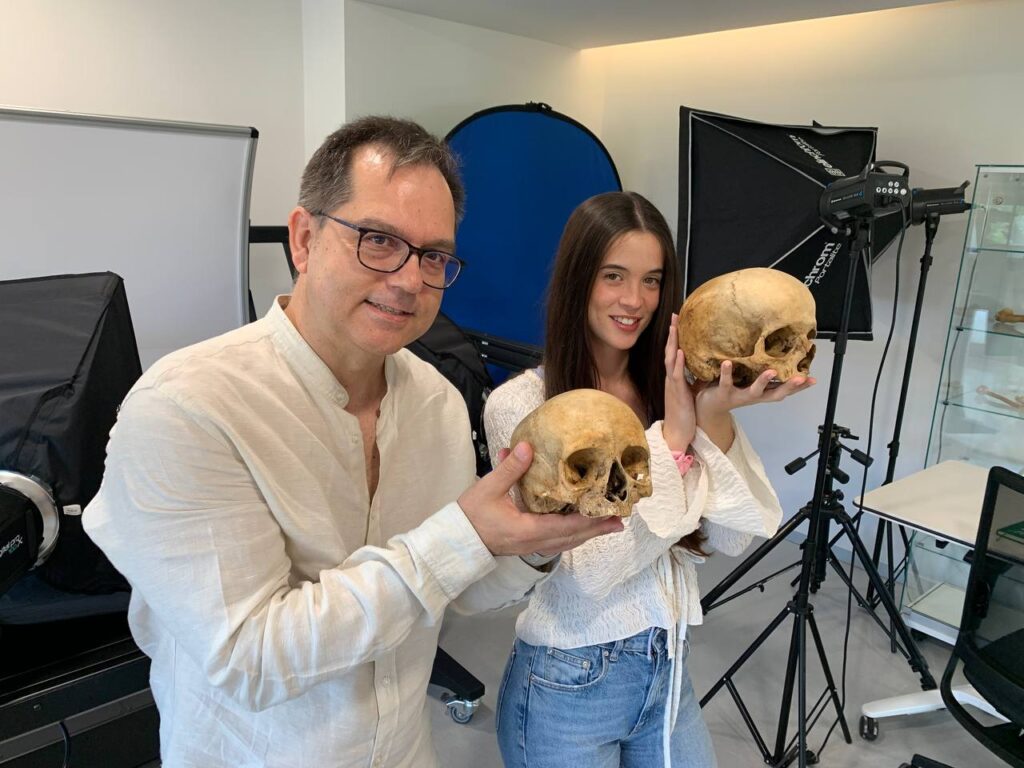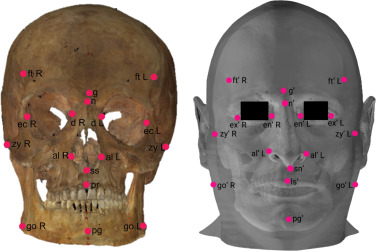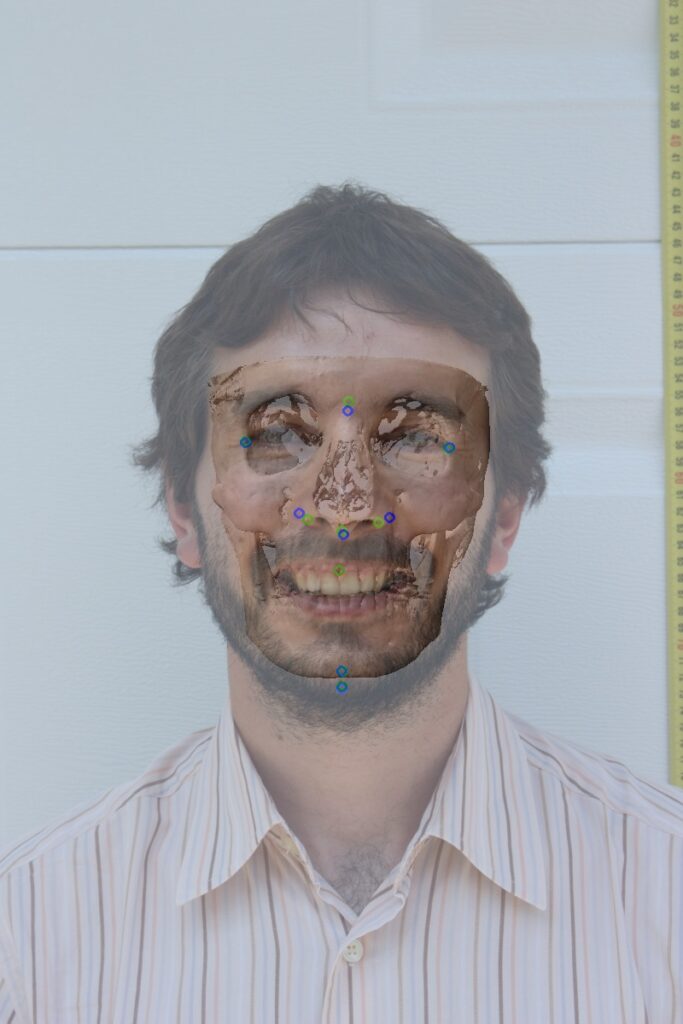Researchers from the UGR propose an improvement in the identification of human remains thanks to craniofacial superimposition.
26 June, 2024
- It is a forensic identification technique based on the analysis of a skull (post mortem) with facial photographs of the person (ante mortem).
- This is an important step in making objective decisions based on being able to quantify the probability that a skull does or does not match the photographs studied.

Researchers from the DaSCI Institute (University of Granada) and the CITIC centre (University of A Coruña), in collaboration with the company Panacea Coop, have published a study that demonstrates an improvement in the recognition of human remains by craniofacial superimposition, making decision making by forensic experts much more objective.
Craniofacial superimposition is a forensic technique that supports decision-making when it comes to identifying skeletal remains. Specifically, it is based on the analysis of the superimposition of a found, unidentified skull (post mortem) with facial photographs (ante mortem) of missing persons.

Despite its importance and wide applicability, the process remains complex and difficult to address. A variety of computerised methods have been proposed, but subjectivity and qualitative reporting persist in decision-making. This study presents a proposal for an evidence evaluation system based on Likelihood Ratios (LRs), previously used in other forensic fields such as DNA, voice or fingerprints, and recommended by the European Network of Forensic Science Institutes (ENFSI).
The paper proposes a pioneering application of this framework to craniofacial superimposition consisting of three experiments in which the system is trained and tested under different facial image conditions: the first uses frontal facial photographs, the second uses lateral facial photographs, and the last integrates both frontal and lateral facial photographs.
In all three experiments, the proposed LR system excels in terms of calibration and discriminative power, providing practitioners with a quantitative tool for test evaluation and integration.

This is for now a proof of concept using synthetic data and will have to be tested with massive real data. Nevertheless, the resulting likelihood ratio system provides objective support for decision making in craniofacial superimposition.
Bibliographic reference:
Práxedes Martínez-Moreno, Andrea Valsecchi, Pablo Mesejo, Óscar Ibañez, Sergio
Damas. Evidence evaluation in craniofacial superimposition using likelihood ratios.
Information Fusion (2024). https://doi.org/10.1016/j.inffus.2024.102489





